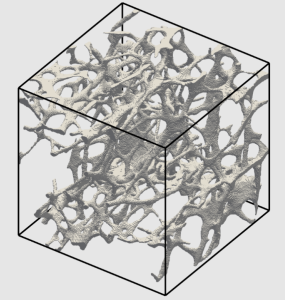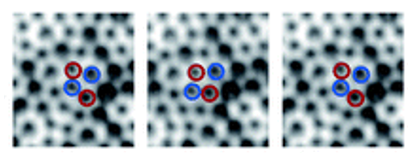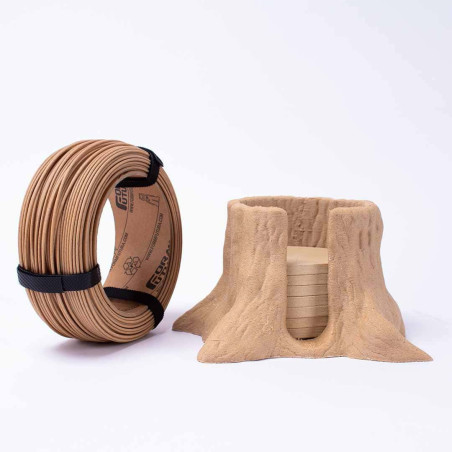This project page is currently under construction and new projects will be added continuously!
Current Projects:
We generally recommend that you complete the following courses before you start a project in our group:
- 202.064 Computational Biomaterials and Biomechanics
- 317.526 Finite Element Methoden in der Biomechanik
On this page, you find descriptions of potential projects that you can do at the group for Computational Biomechanics at the ILSB.
Non-invasive fracture load prediction based on MRI images (available)
Supervisor:
Dr. Synek
Student:
N.N.
Content:
- Clinical background: Patient specific FE models of bones are typically created based on computed tomography (CT) scans. These models have proven useful to judge fracture risk in light of various diseases, e.g. osteoporosis or metastatic bone disease, and to guide subsequent treatments. However, CT images expose the patient to ionizing radiation. In contrast, magnetic resonance imaging (MRI) does not cause any harm to the patient (no ionizing radiation), but accurately visualizing the bone structure is challenging. Recently, MRI sequences to better depict bone structures were developed, but they remain to be integrated and tested in FE modelling workflows for fracture load prediction.
- Your task: To create FE models of femora from CT and MRI scans (scans are available) and compare the predicted fracture loads.
- Methods and tools: Image processing, FE modelling
- Required knowledge: Basics of image processing, FEM and bone biomechanics
Parameter Study and Convergence Behaviour of micro-Finite-Element Solver ParOSol (available)
Supervisor:
Dr. Bachmann
Student:
N.N
Content:
- Question: The high performance micro-Finite-Element (µFE) solver "ParOSol" has several parameters that can be set to influence the solver. These parameter might or might not influence the convergence behaviour
- Your Task: A parameter study should be performed using different simple load cases (displacement and forces) of different model sizes
- Furthermore, the literature should be checked what kind of parameters were used in the past
- Methods and Tools: In-house FE pre-processor written in python, FE Modeling using ParOSol
- Required knowledge: Finite Element Modeling
3D-Printing: Interlocking FDM printing (available)
Supervisor:
Prof. Pahr
Content:
- Question: What possibilities are there to increase the strength by interlocking FDM printed layers in z-direction?
- Your Task: Expore software possibilities (commercial slicers, own slicers), print simple parts with our FDM printer and measure the strength via tensile tests.
- Methods and Tools: FDM slicing software and printers
- Required knowledge: Basics of FDM printing, basics of programming (Python)
(picture from CNC kitchen)
Biomechanics in education: Biomechanical experiments on the MT-02 (abvailable)
Supervisor:
Prof. Pahr
Content:
- Question: Is it possible to carry out simple biomechanical tests on viscous materials with the existing, self-built testing machine?
- Your Task: Familiarization with the existing testing machine and Arduino programming, consideration of simple mechanical tests in the field of biomechanics, carrying out the tests.
- Methods and Tools: In-house universal material testing machine (picture)
- Required knowledge: Basics of material testing, basics of programming (Python)
2D Feature Tracking from virtually deformed micro-structures (available)
Supervisor:
Prof. Pahr
Student:
N.N.
Content:
- Define & create a micro-structures with trackable features (artificial, bone, …)
- Do a simple 2D FE simulation of the undeformed image to get deformed images
- Use trackpy (or other software) to investigate the deformation of the feature
- Study objectives
- Project Work 1: Explore the most accurate, easy usable tracking algorithm (trackpy, DIC Engine, 1x other)
- Project Work 2: Explore the resolution effect (particle size vs resolution) of trackpy
Form follows function - or does function follow form? (available)
Supervisor:
Dr. Bachmann
Content:
- Our bones are built to bare the loads of daily activities and they are both determined by their shape and the internal structure
- But what happens if the internal structure is altered or the shape is changed?
- Would the bones withstand the loads of daily activities in the same way?
- How is the load redistributed and what elements are responsible for which effect?
- An investigation is performed using (micro) finite-element solvers







